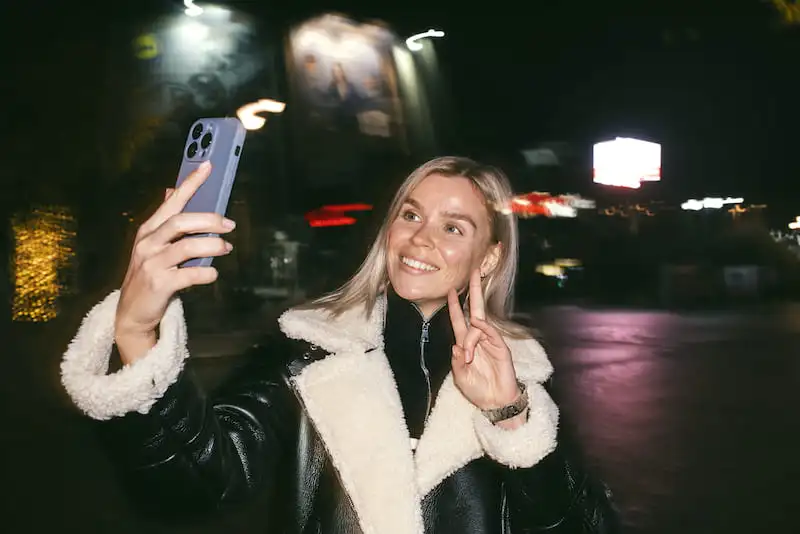- Pixel 8 Pro’s Video Boost, an AI-driven breakthrough, redefines low-light smartphone videography.
- While cloud processing brings extended wait times, Video Boost revolutionizes low-light video, restoring lost details and colors.
- Video Boost not only tackles low-light challenges but signals a future where on-device and cloud AI seamlessly redefine smartphone photography capabilities.
Reinvent the night photo
In the ever-evolving landscape of smartphone photography, Google’s Pixel 8 Pro is set to reshape the way we capture moments in the dark. While Night Sight revolutionized low-light photography, the latest addition, Video Boost, is poised to be the next game-changer. This transformative feature, leveraging the power of AI, opens new possibilities for recording videos in challenging lighting conditions, setting a new opportunity in the era of user-generated content (UGC).
Since the introduction of Night Sight on the Pixel 3, the industry has witnessed a paradigm shift in low-light photography. However, video recording in low-light environments remained a formidable challenge. Night modes for photos, which compile multiple frames for a brighter image, couldn’t be directly translated into the realm of video. Enter Video Boost, a cloud-based solution announced with the Pixel 8 Pro, designed to process videos, enhance details, and elevate colors in low-light scenarios.
Also read: Pixel 8’s photo editor pushes image manipulation to a new level
Defects and highlights
Video Boost’s deployment, though, comes with a catch – the processing occurs on Google’s servers, not on the phone itself. Despite its impressive capabilities, the feature’s true impact is yet to match the groundbreaking nature of the original Night Sight.
To utilize Video Boost, Pixel 8 Pro users must navigate a specific set of steps. The process involves activating the feature in the camera settings, recording the video, and subsequently uploading it to Google Photos for cloud-based processing. However, the wait time for processing, even for shorter clips, raises questions about the practicality of the feature. Despite its capability to enhance videos up to ten minutes in length, the lengthy processing time may deter users seeking a quick turnaround.
The sweet spot for Video Boost lies in its efficacy in moderate-low lighting conditions. In scenarios where standard videos appear washed out, such as indoor settings with subdued lighting, Video Boost restores vibrancy and enhances visual appeal. The feature shines in specific situations, subtly improving shadow details and stabilization, making it a valuable asset for users keen on capturing memorable moments in various lighting conditions.

A future dependent on cloud computing
Despite initial skepticism about Video Boost as a cloud-dependent solution, Google’s vision suggests a harmonious future for on-device and cloud-based AI. Group Product Manager Isaac Reynolds emphasizes the ongoing synergy between on-device AI capabilities and the boundless potential of cloud servers. While Video Boost may not emulate the “aha” moment of Night Sight, it foreshadows a significant shift in our perception of smartphone capabilities, hinting at a future where the line between on-device and cloud processing seamlessly blurs. As the distinction fades into the background, Video Boost emerges as a glimpse into the promising evolution of smartphone photography.

